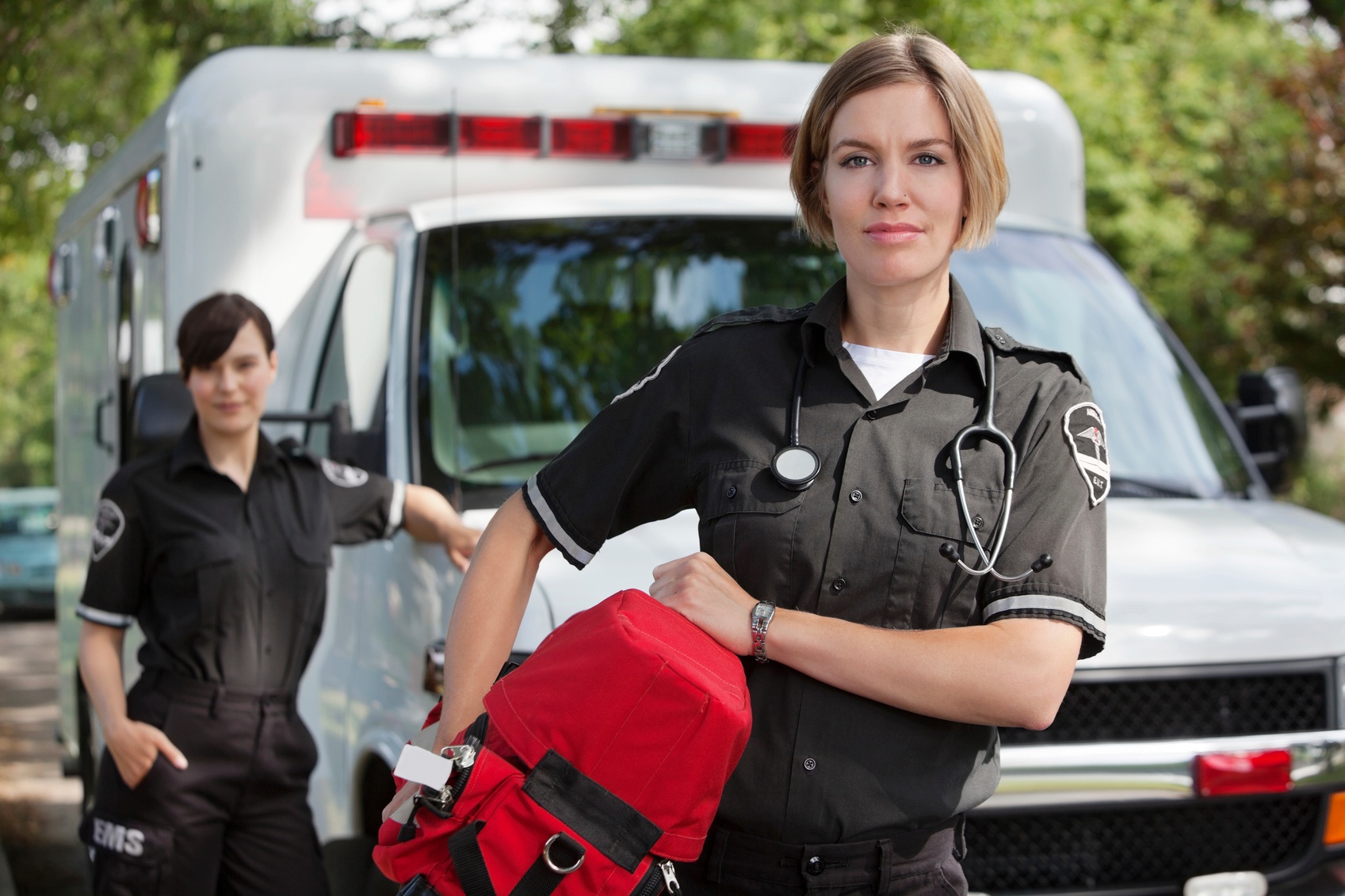
Emergency Medical Services (EMS) as a career has come far since the National Academy of Sciences 1966 white paper, Accidental Death and Disability: The Neglected Disease of Modern Society. Our first two generations of leaders, educators, providers, and medical directors have brought us a long way, but in comparison to the other fields of medicine, we have a long way to go.
How do we get from where we are to where we want to be as true medical professionals? We have made great strides to develop national certifications and education standards that provide the basis of care across the nation. We have recently seen more emphasis placed on national evidence-based and consensus-based patient treatment guidelines. For example, it is amazing how quickly the EMS community adopted the concept of spinal motion restriction (NAEMSP & ACS-COT, 2014).
One area that we need to devote more time and effort toward is mentoring our future leaders, educators, and providers. Unfortunately, in EMS there is a subculture that dictates that if you can’t handle the work, leave. This subculture is as harmful to the EMS profession as routine spinal immobilization on a longboard was to our patients. Through mentorship, we need to share our hard-learned lessons with the next generation, so EMS can continue to grow by leaps and bounds.
At this year’s National Association of EMS Educators (NAEMSE) Educator Symposium, which starts this Friday in Washington, DC, there is an emphasis on mentorship. The keynote speaker, Daniel Batsie, EMS Chief, Division of Emergency Preparedness, Response and Injury Prevention, Burlington, Vermont, will speak on how EMS educators can help develop a culture that mentors and supports innovation and diversity (NAEMSE, 2018) rather than one that leads to provider shortages because those who cannot handle it leave for other fields of medicine.
At the Educator Symposium, NAEMSE is offering Board of Directors Mentoring Scholarships to members of the organization (2018). These nine scholarships not only provide financial support so that educators can attend next year’s Symposium but also provides a year-long mentorship with a NAEMSE board member. The commitment of the NAEMSE Board to mentor our next generation of educators is commendable.
EMS education mentorship programs are starting to appear at the state level too. The Tennessee EMS Educator Association is planning on adding a Horizons track to their annual educators’ conference. The goal is providing instructor development beyond initial training through continuing education and mentorship so that the next generation of educators can build on the experience and knowledge of their predecessors. As Walter Payton, the former Chicago Bears running back, said, “We are stronger together than we are alone.” This mantra needs to be embraced in EMS education so that we can help develop a culture shift that moves EMS into the future.
This is a guest post from J. Todd Vreeland, former project lead on the NREMT psychomotor exam. Vreeland is the owner of J. Todd Vreeland Consulting, committed to ensuring the protection of the public through high-quality EMS education and patient-centered delivery of out-of-hospital medical care.
National Academy of Sciences. (1966). Accidental Death and Disability: The Neglected Disease of Modern Society. Retrieved from https://www.ems.gov/pdf/1997-Reproduction-AccidentalDeathDissability.pdf
National Association of EMS Educators (2018a). Educator Symposium and Trade Show. Program Guide. Retrieved from https://cdn.ymaws.com/naemse.org/resource/resmgr/images/2018symp/2018ProgramGuide(Web).pdf
National Association of EMS Educators (2018b). 2018 NAEMSE Scholarship Opportunities. August 6 Newsletter. Retrieved from https://naemse.org
National Association of EMS Physicians and the American College of Surgeons Committee on Trauma. (2014) EMS Spinal Precautions and the Use of the Long Backboard. Prehospital Emergency Care 18 (2) pp. 306-314. Retrieved from http://dx.doi.org/10.3109/10903127.2014.884197






